Astalli Refugee Center Celebrates 40 Years
Photo Exhibition Opens at Sant’Andrea al Quirinale Entitled ‘Look to the Future. The Pope’s Message: Towards An Ever Greater Us’
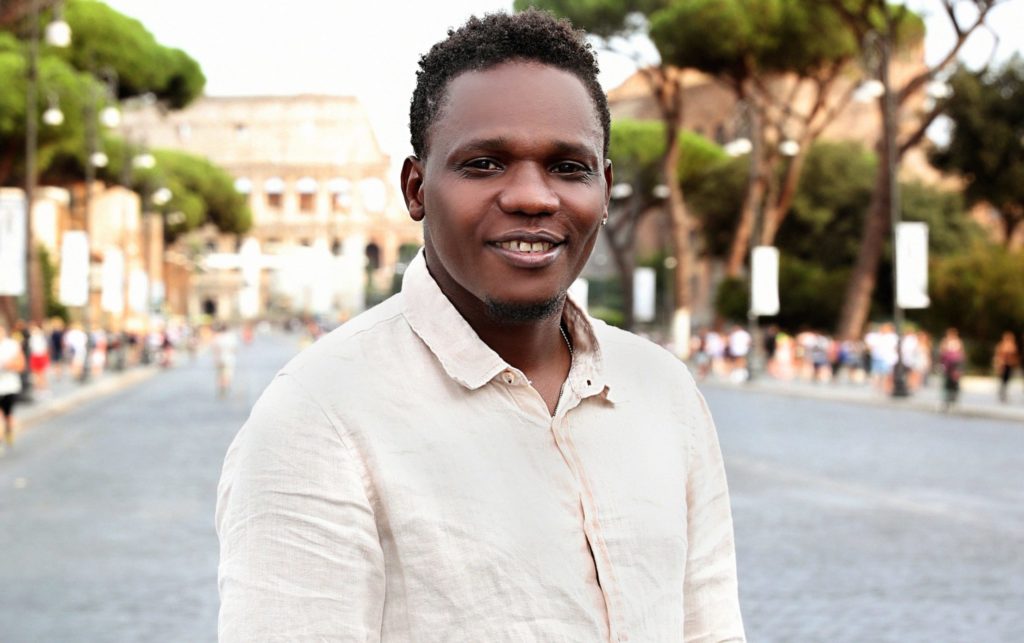
The Astalli Center, the Jesuits’ Service for Refugees in Italy, turns 40. Moreover, on the same day Father Pedro Arrupe was born, Provost General who instituted the Service. To celebrate this anniversary, the Astalli Center opened the exhibition “Look to the Future,” twenty portraits of refugees received in the Astalli Center, made by Francesco Malavolta in the streets of Rome. It was opened by the Cardinal Vicar Angelo De Donatis, together with Cardinal Michael Czerny, Under-Secretary of the Holy See’s Migrants and Refugees Sector. Present also was the President of the Lazio Region, Nicola Zingaretti, and the Mayor of Rome, Roberto Gualtieri. The exhibition can be visited until November 28 in the church of Sant’Andrea al Quirinale.
Father Camillo Ripamonti Is Grateful to the Pope
“We are grateful to Pope Francis who was willing to write the introductory greeting of the Photo Exhibition,” said Father Camillo Ripamonti, President of the Astalli Center. “We don’t want to celebrate the past but want to commit ourselves from today to build the future with the refugees. We want to renew our commitment to the building of open and solidary communities, in which migrants are perceived as a richness, as a gift. We have experienced it every day in Rome for 40 years. Workers and volunteers are credible witnesses of the beauty of the encounter with refugees.
***
The Holy Father’s Message
Dearest Duclair, Nathaly, Hider, to you and to all the refugee people, who in these last 40 years arrived in Italy and were accompanied by the Astalli Center, go these words of affection and closeness.
Yours are stories of men and women that shared a stretch of road with the Astalli Center, the Jesuits’ Refugee Service in Italy, sometimes brief, sometimes very long, finding in relationships and in mutual knowledge the meaning and strength to commit themselves in the path to freedom.
As the People of Israel
In the Bible, 40 is a significant number that has many delays, but certainly thinking of you, there comes to mind the People of Israel that walked in the desert for 40 years, before entering the Promised Land. Freed from slavery, it took a generation’s time to build itself as a people with not a few difficulties. The last 40 years of humanity’s history have also not been a linear progression: the number of people constrained to flee from their land is in constant growth. Many of those among you had to escape from conditions of life assimilable to those of slavery, where at the base is a conception of the human person deprived of his dignity and treated as an object.

You have known how terrible and despicable war can be, you know how significant it is to live without freedom and rights, to witness helpless while your land is withering, your water is polluted and you have no possibility other than to start out toward a safe place in which to realize dreams, aspirations, to make talents and capabilities fruitful.
Unfortunately, in many cases to start out has not constituted a true liberation; too often you collide with a desert of humanity with an indifference that has become global and that damages relations among men.
Dangerous Return to the Past
In these last decades, history has given signs of a return to the past: conflicts are rekindled in different parts of the world (and your provenances tell it very well), nationalisms and populism reappear in different latitudes; the building of walls and the return of migrants to unsafe places seems to be the only solution of which governments are capable to manage human mobility.
However, in these 40 years and in this desert there have been so many signs of hope which enable us to be able to dream of walking together as a new people “towards an ever greater us.”
Dear refugees, you are, first of all, sign and face of this hope, There is in you the breath of a full and happy life, which sustains you in facing with courage concrete circumstances and difficulties that might seem to many insurmountable. When you are given the possibility to offer us indispensable words to know, understand, and not repeat the errors of the past, to change the present and build a future of peace.
Stories of Hope

A sign of this same hope is also the stories of so many women and men of goodwill that in these 40 years have given time and energy, at the Astalli, to thousands of very diverse people among themselves but united in the desire for a more just world in which dignity and rights are truly of all. As I recalled in Fratelli Tutti: “The story of the Good Samaritan is repeated (. . . ) Jesus doesn’t present alternative ways (. . . ) He trusts in the better part of the human spirit and encourages it with the parable to adhere to love, restore the suffering and build a society worthy of this name.” With this we look with trust to the future, dreaming of being able to live together as a free people because solidary, which is able to rediscover the communitarian dimension of freedom, as a united people, not uniform, variegated in the richness of the different cultures. Now the time has also reached us to live in the Promised Land, land of solidarity that puts one another at the service of others; it’s the time of a common home made up of brotherly peoples.
The faces of women and men that succeed one another in this exhibition, which reference to grandparents and precise stories of people received at the Astalli Center and that make one perceive the vulnerable edges of some places of the city of Rome, which tell of the desire to be an active part of the city as a place of shared life. Protagonists with full citizenship together with the many other men and women in the building of solidary communities.
Culture of Encounter
So my sincere wish on this anniversary is that the “culture of encounter” is truly realized and that, as a people, we are passionate about meeting, seeking points of contact. May this become an aspiration and a style of life as reminded in Fratelli Tutti. This will be the Promised Land for all.
May Father Arrupe watch over you, over the Astalli Center, and over the whole Jesuit Refugee Service.
***
A Fundraiser
On this occasion, the Astalli Center has also launched a fundraising campaign. It takes the title of the exhibition “Looking to the Future with Refugees for a New Us.”
Cardinal Czerny Calls for “Active Policies”
In his intervention, Cardinal Czerny made reference to the 500 years of the conversion of Saint Ignatius, and to the pandemic. This very devastating event can make us change, As happened to Ignatius, the pandemic can be the occasion for the conversion of heart of this humanity, of the heart of each one of us.” However, for a change of lifestyle a clear and decisive assumption of responsibility is necessary.
The migrants and refugees have very often suffered in their skin the transformation of the rights of all into the privileges of a few (. . . ) In face of a history that seems to go back, in face of so much pain, of so many wounds, of the awareness that the pandemic has created respect for this sick world we cannot remain indifferent.”
Remembering Father Arrupe, the Cardinal said that the “future of humanity passes through the social inclusion of migrants; the building of peace and social dialogue. The condition to build inclusion, justice and peace is to “walk together” (. . . ) There are no theoretic recipes, but there are so many agreements and pacts that risk remaining a dead letter if not translated into active policies. It’s necessary to plan and walk together. To do so, however, we must get truly close to the refugees as persons, to know their life and acquire their view on life.”
Translation by Virginia M. Forrester
Related
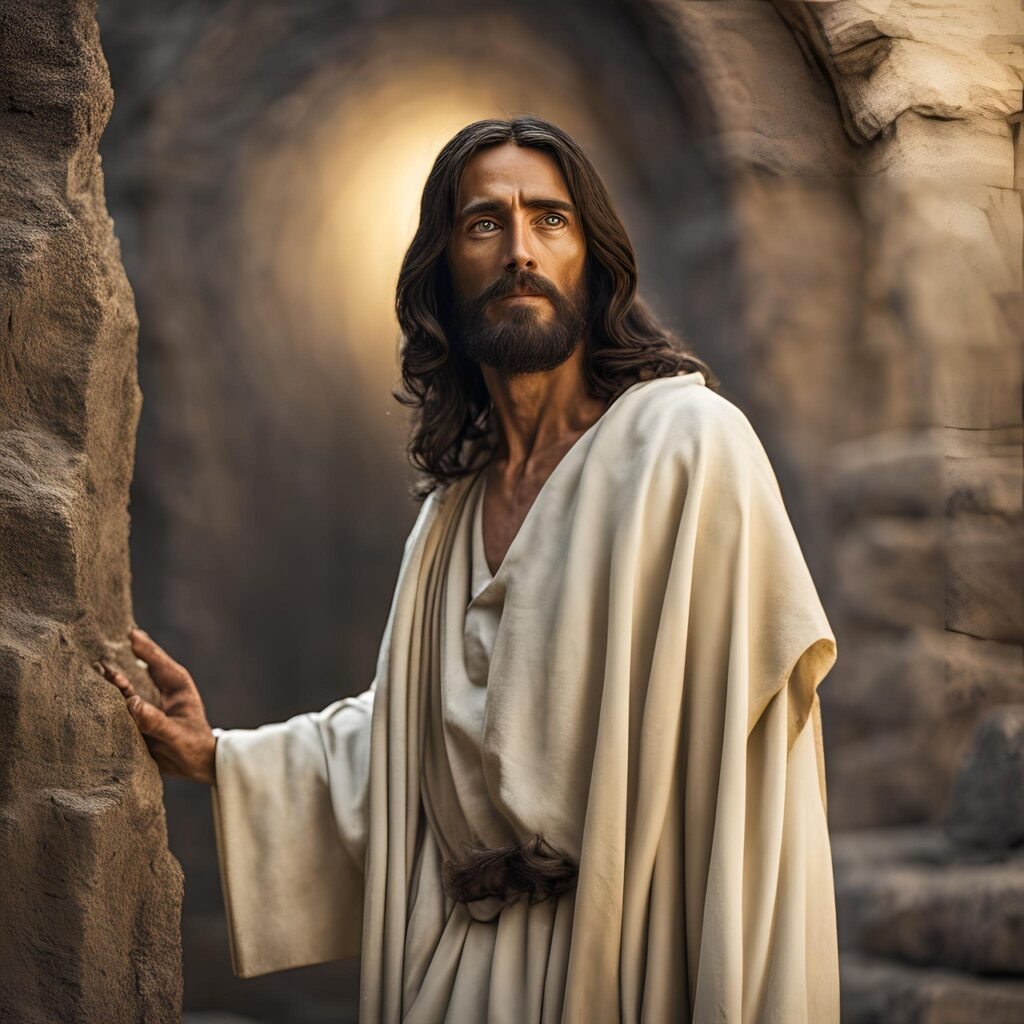
After Eight Days Jesus Arrived: Commentary by Fr. Jorge Miró
Jorge Miró
26 April, 2025
3 min
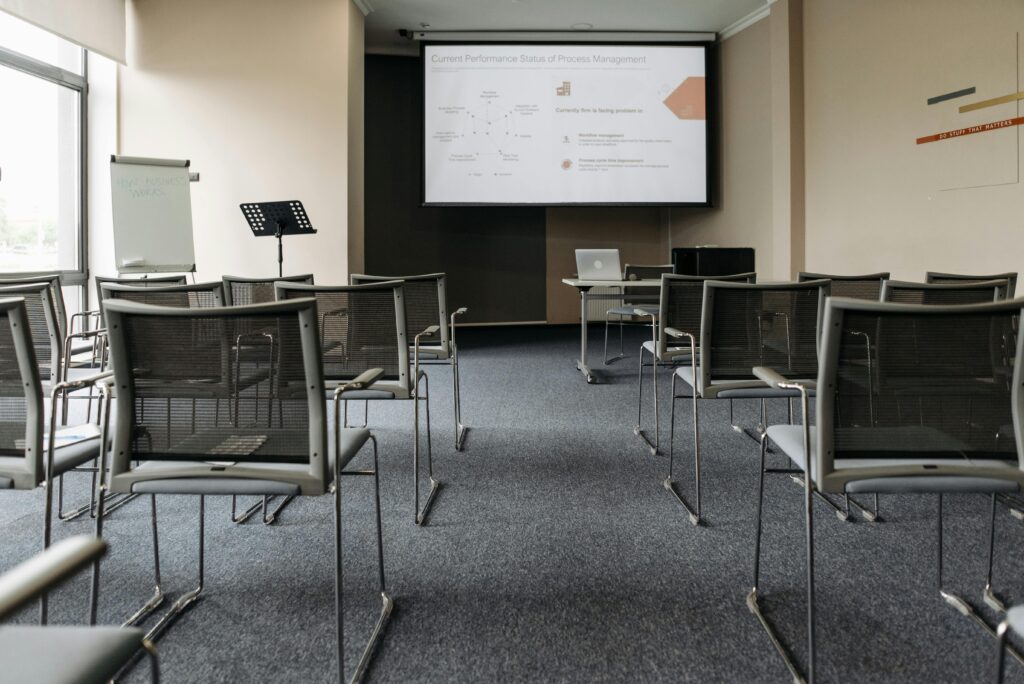
The Perspectivas del Trabajo Foundation is founded with the aim of promoting virtues for professional development
Exaudi Staff
25 April, 2025
2 min
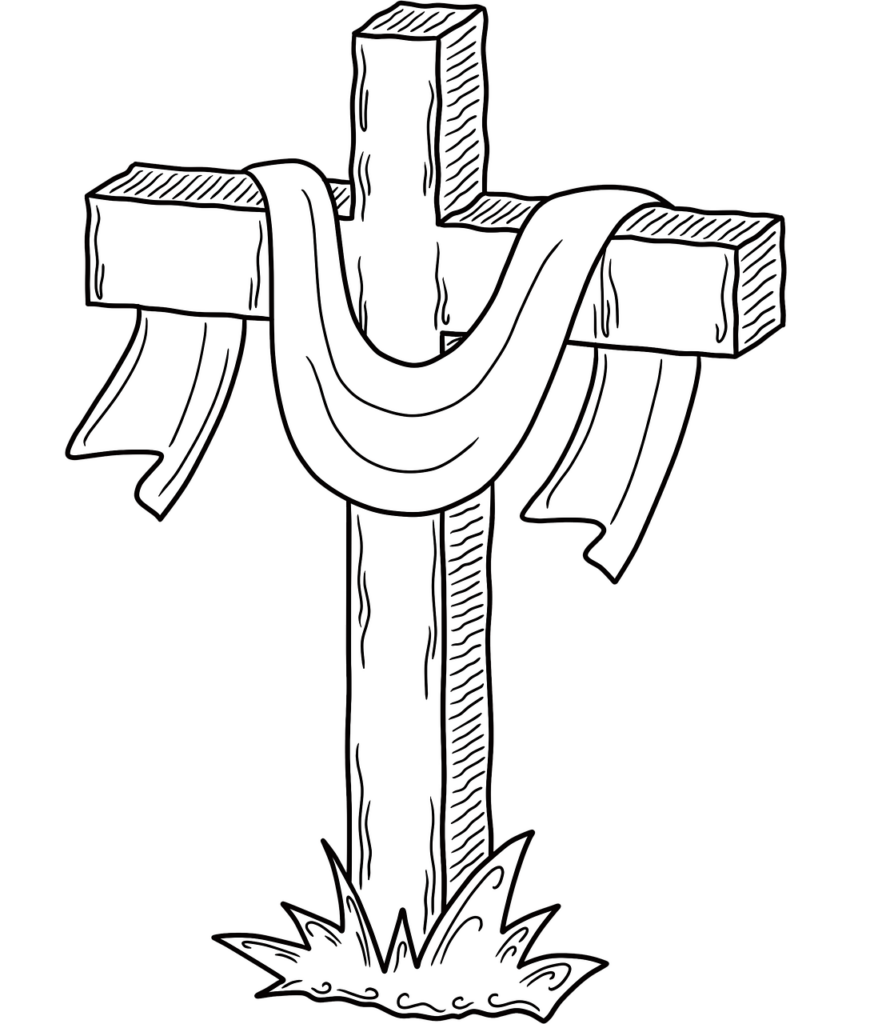
Reflection by Bishop Enrique Díaz: Alleluia, alleluia
Enrique Díaz
20 April, 2025
5 min
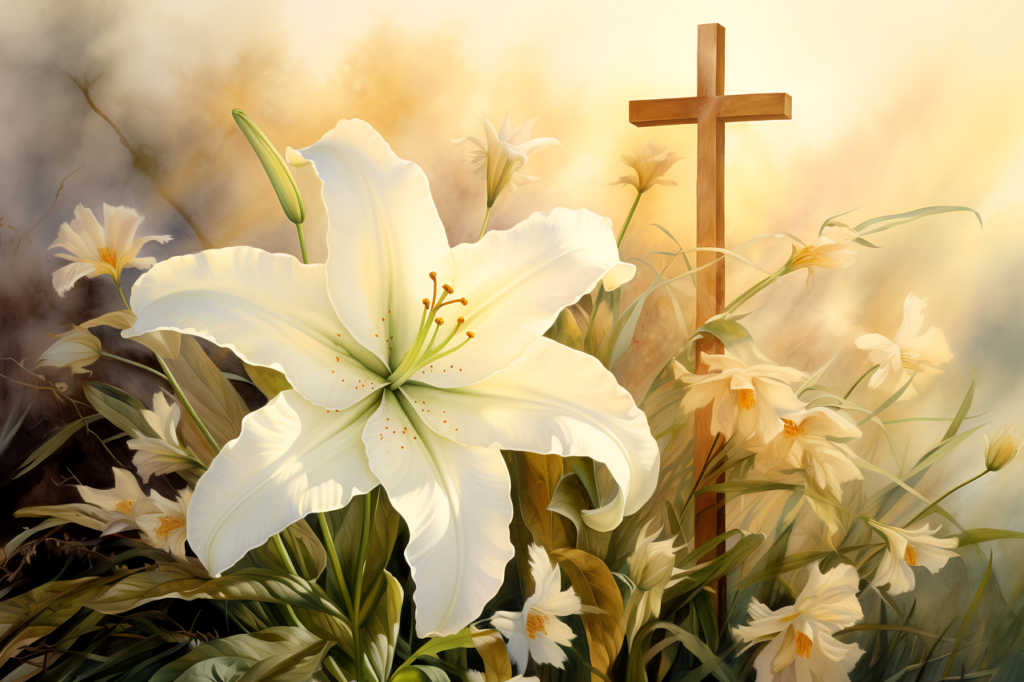
Christ is Risen! Alleluia! Commentary by Fr. Jorge Miró
Jorge Miró
20 April, 2025
3 min
 (EN)
(EN)
 (ES)
(ES)
 (IT)
(IT)

